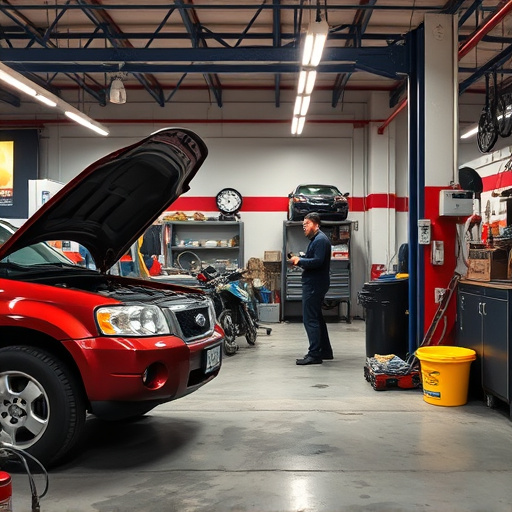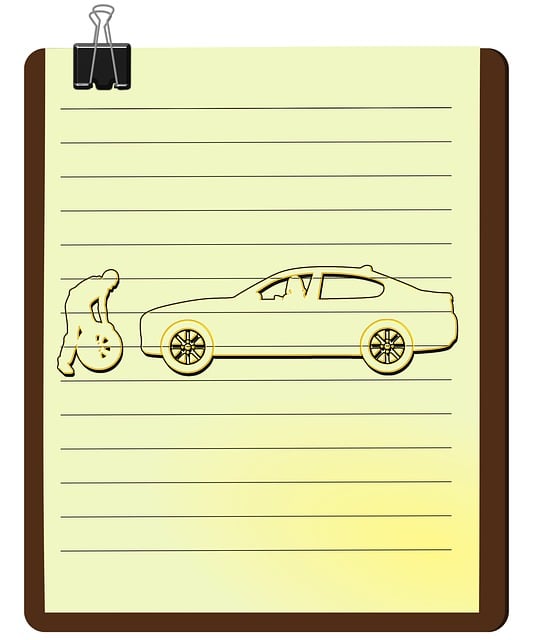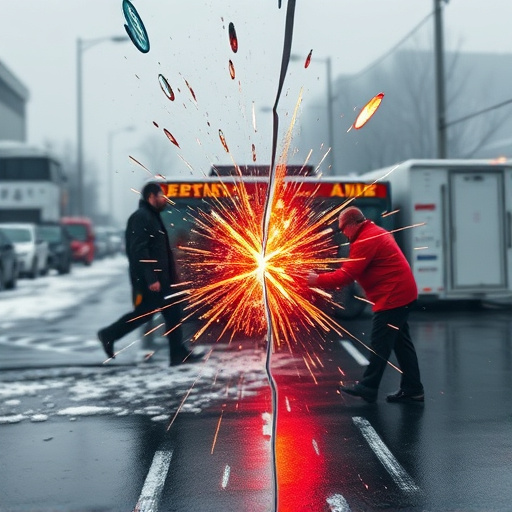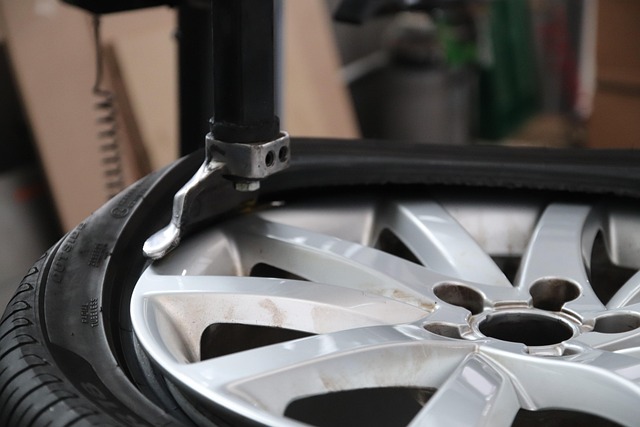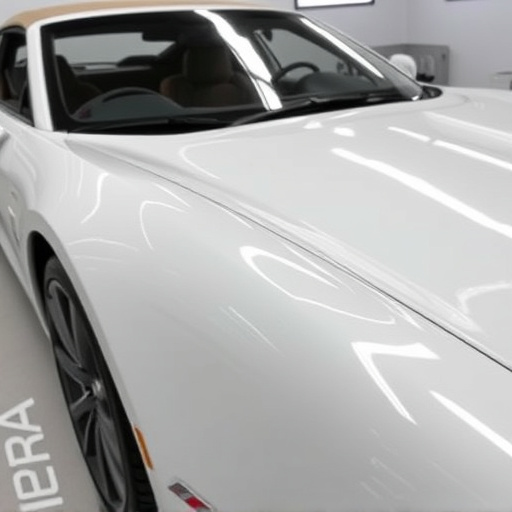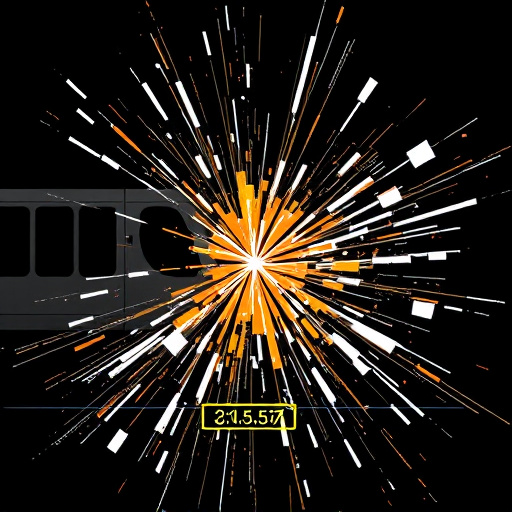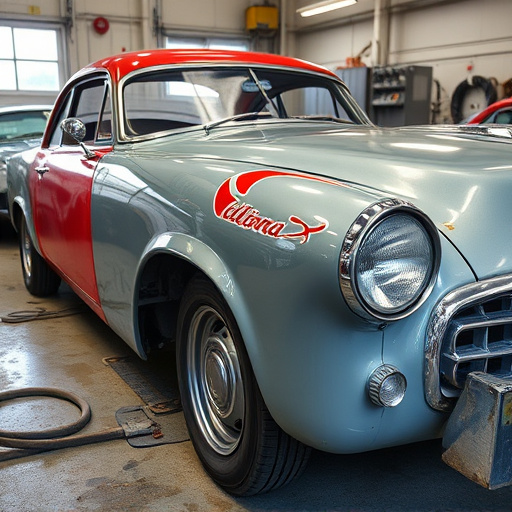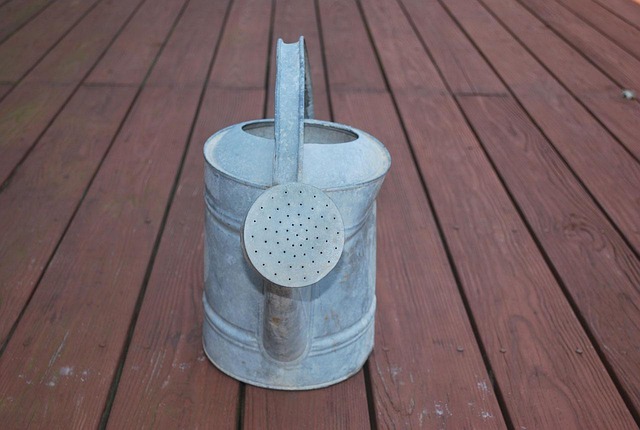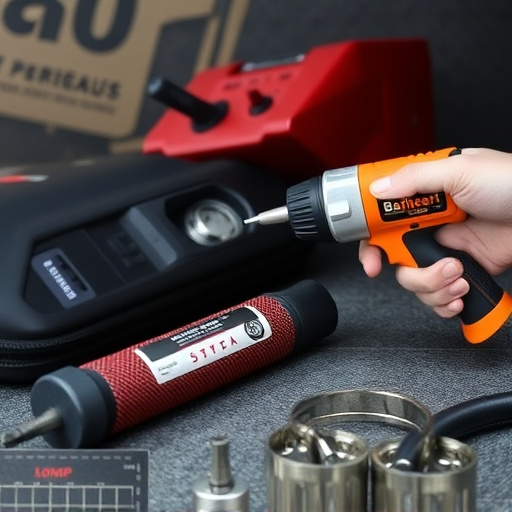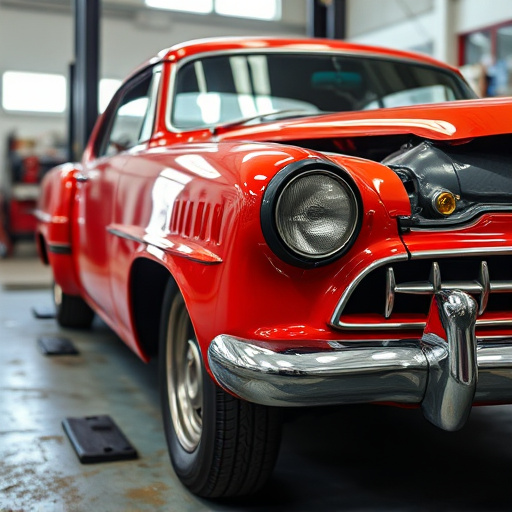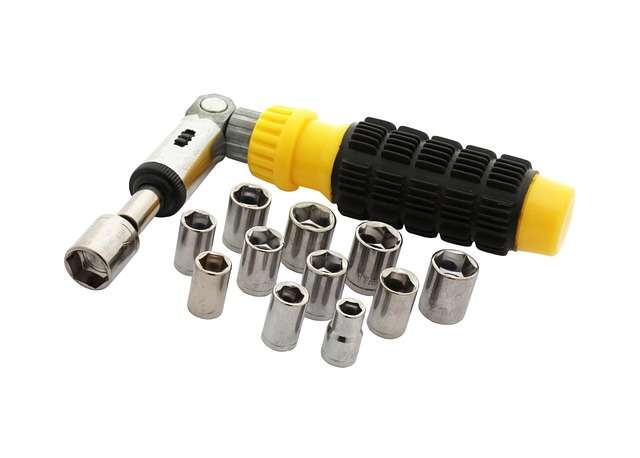Post-repair insurance inspections ensure vehicle quality and protect owners' interests by evaluating aesthetic and structural repairs against initial estimates and industry standards. Effective inspectors use structured methods, detailed documentation, and regular training to prevent disputes and maximize claims, benefiting both repair shops and clients. This process is crucial for verifying frame straightening, tire services, and overall pre-accident condition, fostering proactive protection of financial interests.
Uncover the secrets to mastering post-repair insurance inspections with our advanced tips. This comprehensive guide navigates the intricacies of understanding coverage, implementing effective strategies, and maximizing claims. Learn how to ensure quality repairs and protect your interests. Discover best practices for meticulous inspections, enabling you to identify potential issues and maintain a seamless restoration process. Embrace these insights to make informed decisions and secure outstanding results.
- Understanding Post-Repair Insurance Inspection Coverage
- Effective Strategies for Conducting Inspections
- Maximizing Claims and Ensuring Quality Repairs
Understanding Post-Repair Insurance Inspection Coverage
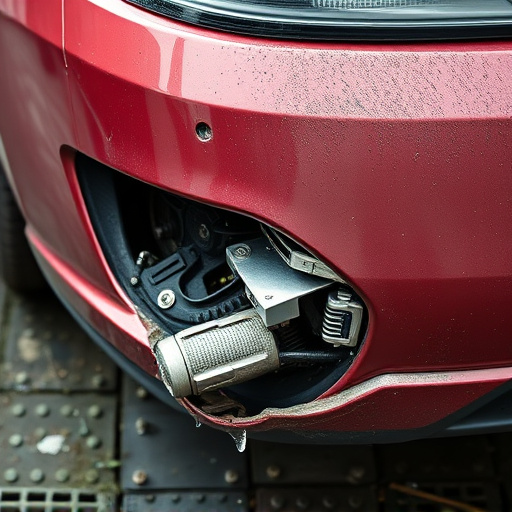
Post-repair insurance inspection is a crucial step that ensures your vehicle is restored to its pre-incident condition. Understanding the coverage provided by this service is essential for car owners, especially those who have experienced accidents or damages, such as collision center visits or car dent removal. This process involves a thorough examination of the vehicle’s repair work, focusing on both aesthetic and structural elements.
During a post-repair inspection, professionals check for quality of work in areas like paintless dent repair, ensuring that any dents are effectively removed without damaging the paint job. They also verify the alignment of panels, proper sealing, and paint consistency to guarantee a seamless finish. By conducting these inspections, insurance companies can assess whether the repairs adhere to industry standards and if the vehicle is fit for continued use, protecting both the policyholder’s interests and ensuring financial accountability among repair facilities.
Effective Strategies for Conducting Inspections
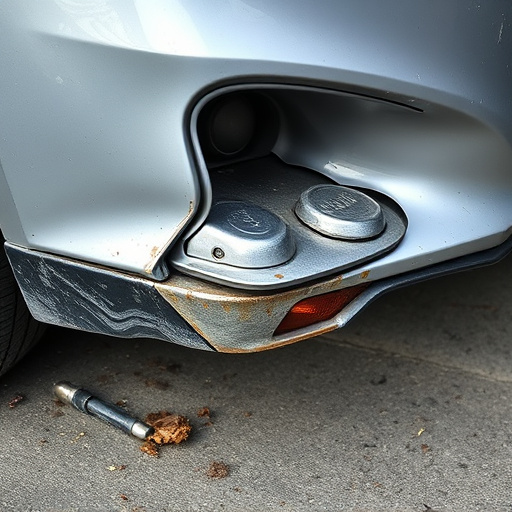
Conducting effective post-repair insurance inspections is a critical skill for anyone involved with auto body repairs. To ensure accuracy and prevent disputes, inspectors should adopt structured approaches that cover every angle. Start by thoroughly examining all work areas, comparing them against the original estimate and agreed-upon scope of repair. Pay close attention to detail, noting any deviations from the plan—this could include additional repairs not initially authorized or omissions in the restoration process.
Documentation is key; take clear, concise photos supporting your findings. This visual evidence provides a lasting record, facilitating fair claim resolutions. Additionally, maintain meticulous records of all inspections, keeping track of dates, locations, and any notable issues discovered. Regular training on industry standards and changes in post-repair insurance inspection protocols will also enhance an inspector’s capabilities, ensuring they stay up-to-date with best practices for both auto repair shops and clients.
Maximizing Claims and Ensuring Quality Repairs
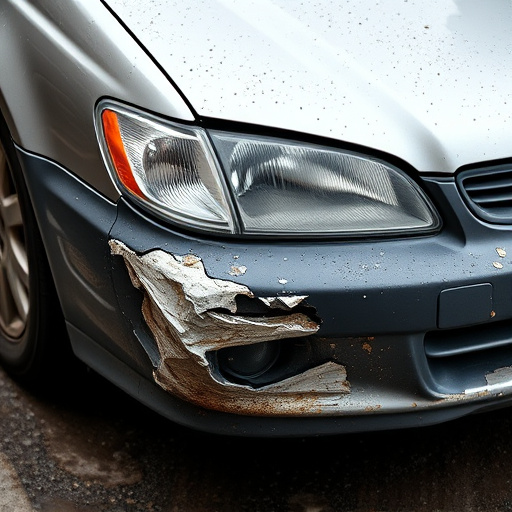
Maximizing Claims and Ensuring Quality Repairs
A post-repair insurance inspection is a vital step to ensure that your vehicle receives the best possible care after any auto body repairs, including frame straightening or tire services. During this process, you have the opportunity to verify the work done by the repair shop against the initial estimate and agreed-upon terms with your insurance provider. This ensures that no unexpected costs pop up later and that all agreed-upon repairs are completed to a high standard.
By thoroughly reviewing the post-repair inspection report, you can maximize your claims, ensuring that every eligible expense is accounted for. It’s also an excellent way to catch any potential issues early on, whether it’s a misaligned part, subpar paint job, or incomplete repairs. This proactive approach not only protects your financial interests but also guarantees that your vehicle returns to its pre-accident condition or better, with services like frame straightening and tire replacements executed expertly.
A thorough understanding of post-repair insurance inspection procedures is essential for both policyholders and repair professionals. By implementing effective strategies, such as detailed documentation and meticulous assessment, individuals can maximize claims and ensure high-quality repairs. Leveraging these advanced tips promotes a transparent process, ultimately safeguarding interests and fostering trust in the insurance industry. Remember, a well-conducted post-repair inspection is key to resolving disputes and securing adequate compensation for all parties involved.
